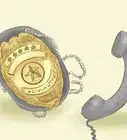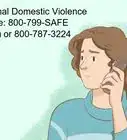This article was co-authored by Saul Jaeger, MS and by wikiHow staff writer, Kira Jan. Saul Jaeger is a Police Officer and Captain of the Mountain View, California Police Department (MVPD). Saul has over 17 years of experience as a patrol officer, field training officer, traffic officer, detective, hostage negotiator, and as the traffic unit’s sergeant and Public Information Officer for the MVPD. At the MVPD, in addition to commanding the Field Operations Division, Saul has also led the Communications Center (dispatch) and the Crisis Negotiation Team. He earned an MS in Emergency Services Management from the California State University, Long Beach in 2008 and a BS in Administration of Justice from the University of Phoenix in 2006. He also earned a Corporate Innovation LEAD Certificate from the Stanford University Graduate School of Business in 2018.
There are 12 references cited in this article, which can be found at the bottom of the page.
This article has been viewed 14,984 times.
You’re walking home or just walking around, and you start to get a bad feeling about the area. Maybe you think people are following you, or maybe you’re just in unfamiliar territory. What should you do? While it’s ideal to walk with a buddy and to avoid unfamiliar or dangerous places—especially at night—we know that’s not always possible. To help you avoid being a target, we’ve compiled a list of tips that can help you stay safe when you’re afraid of getting jumped.
Steps
Warnings
- Resist the urge to fight back in a robbery, or you’ll escalate the situation. Your life is worth more than whatever you’re carrying. Give up your valuables and possessions at a distance from the attacker rather than trying to physically overpower them.[19]⧼thumbs_response⧽
References
- ↑ https://www.moneycrashers.com/avoid-mugged-deter-thieves/
- ↑ Saul Jaeger, MS. Police Captain, Mountain View Police Department. Expert Interview. 21 February 2020.
- ↑ https://mpdc.dc.gov/page/guarding-against-robbery-and-assault
- ↑ https://www.youtube.com/watch?t=209&v=JYNyjgCF5Cg&feature=youtu.be&ab_channel=DerekVanSchaik
- ↑ Saul Jaeger, MS. Police Captain, Mountain View Police Department. Expert Interview. 21 February 2020.
- ↑ https://www.businessinsider.com/how-not-to-get-mugged-2012-7
- ↑ https://www.artofmanliness.com/articles/how-to-develop-the-situational-awareness-of-jason-bourne/
- ↑ Saul Jaeger, MS. Police Captain, Mountain View Police Department. Expert Interview. 21 February 2020.
- ↑ https://www.nbcnews.com/better/health/seven-second-rule-how-avoid-being-seen-easy-target-ncna789226
- ↑ https://www.fairview.org/patient-education/116405EN
- ↑ https://mpdc.dc.gov/page/guarding-against-robbery-and-assault
- ↑ https://www.travelawaits.com/2394621/6-tips-to-avoid-getting-robbed-on-vacation/
- ↑ https://www.youtube.com/watch?v=aahafV150v4&t=125s&ab_channel=RachaelRayShow
- ↑ https://www.today.com/news/how-avoid-getting-mugged-veteran-thief-tells-all-t108927
- ↑ https://www.today.com/news/how-avoid-getting-mugged-veteran-thief-tells-all-t108927
- ↑ https://www.safewise.com/blog/what-to-do-if-you-think-youre-being-followed/
- ↑ Saul Jaeger, MS. Police Captain, Mountain View Police Department. Expert Interview. 21 February 2020.
- ↑ https://mpdc.dc.gov/page/guarding-against-robbery-and-assault
- ↑ https://mpdc.dc.gov/page/guarding-against-robbery-and-assault



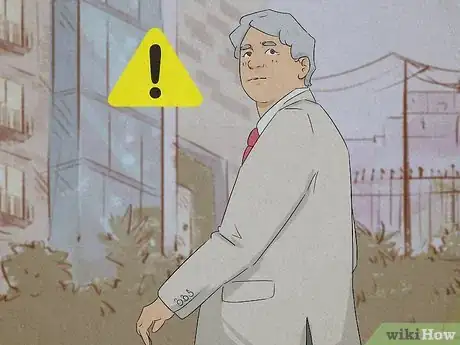
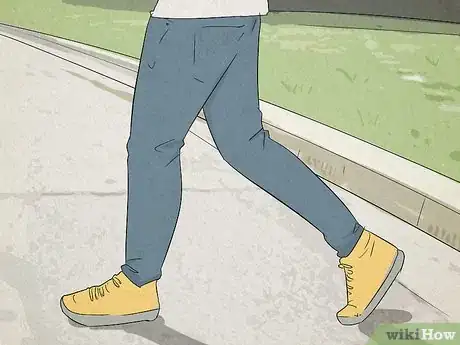


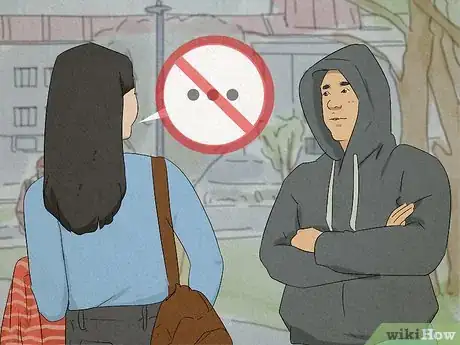


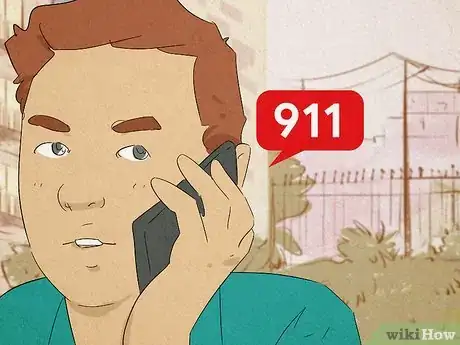

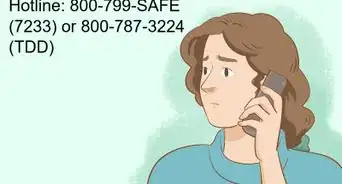



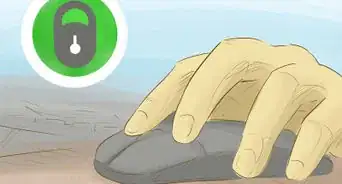


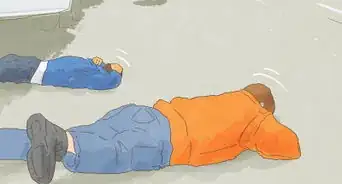
-Step-14-Version-2.webp)

-Step-10.webp)







